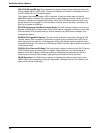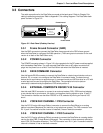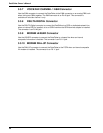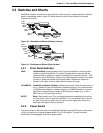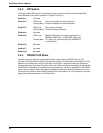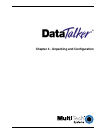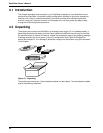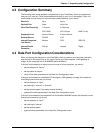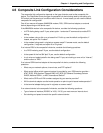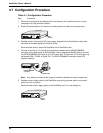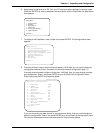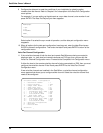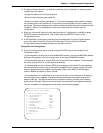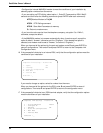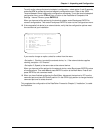
46
DataTalker Owner’s Manual
4.5 Voice/Fax Channel Configuration Considerations
When configuring the voice/fax channels on your DataTalker, the first question you should ask
yourself is what the voice/fax port is connected to. The possibilities are an in-plant telephone
switch, or PBX, (Private Branch eXchange); a PBX E&M trunk; or a telephone. If the voice/fax
channel is being connected to a PBX, use the FXO connector. If it is being connected to a
telephone, use the FXS connector. If it is being connected to a PBX E&M trunk in order to
connect two PBXs, use the E&M connector.
Caution: When you configure the local DataTalker remote interface type (option 11), you are not
setting the remote interface. You must know how the remote DataTalker is being used. You may
need to call the remote site to determine this.
If the local voice/fax channel is connected to a PBX extension and the remote voice/fax channel
is connected to a telephone, you should
• set option 6 to “FXO.”
• use the default remote interface type (“FXS”).
If the voice/fax channels are connected to PBX E&M trunks at both the local and the remote
sites, you should
• set option 6 to “E&M.”
• set the remote interface type (option 11) to “E&M.”
If the voice/fax channel is connected to a telephone, you should
• use the default local interface type (“FXS”).
• verify the remote interface type (call if necessary).
• set the remote interface type (option 11) to “FXO” if the remote unit is being connected to a
PBX, or use the default “FXS” if it is being connected to a telephone.



